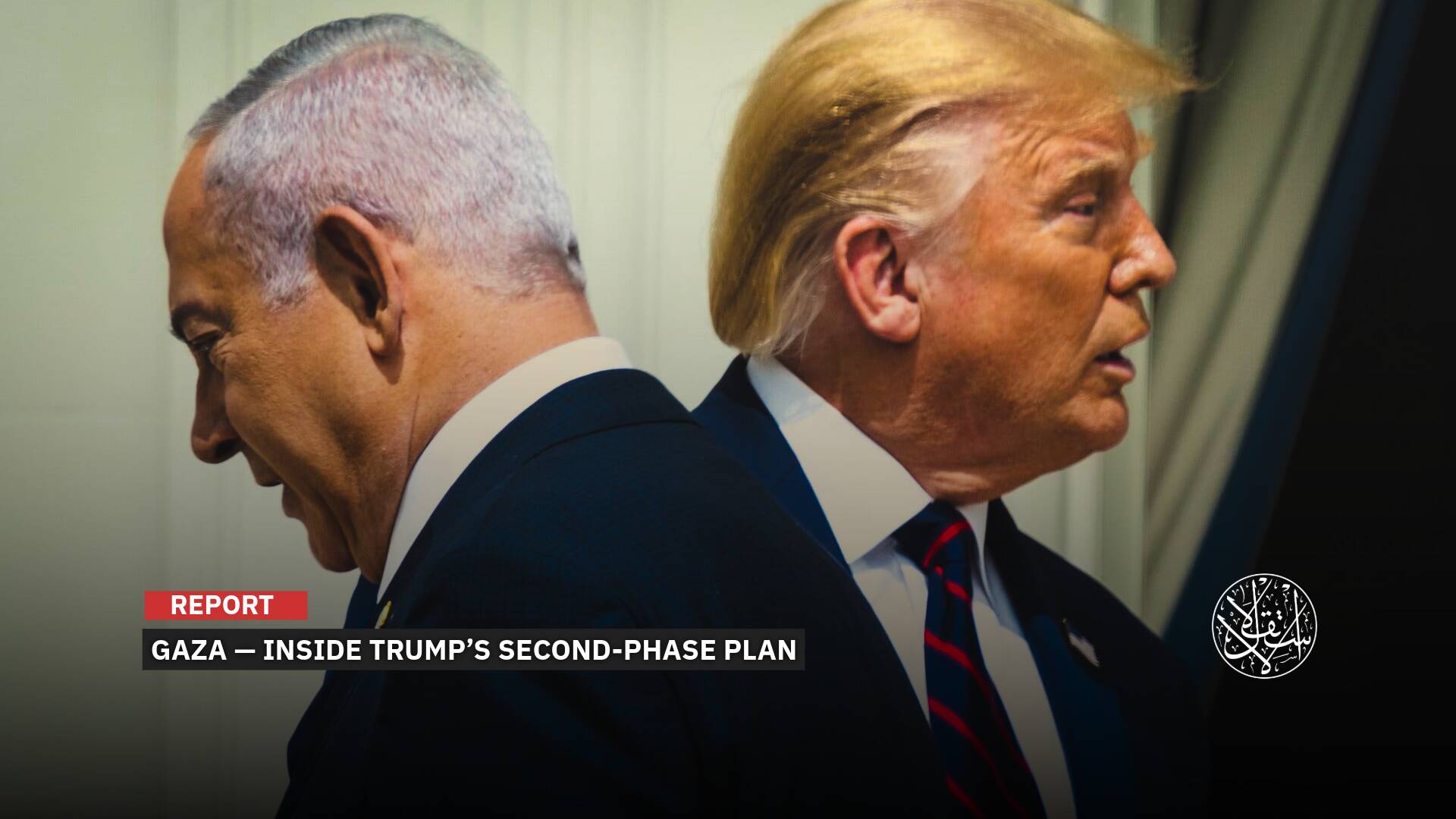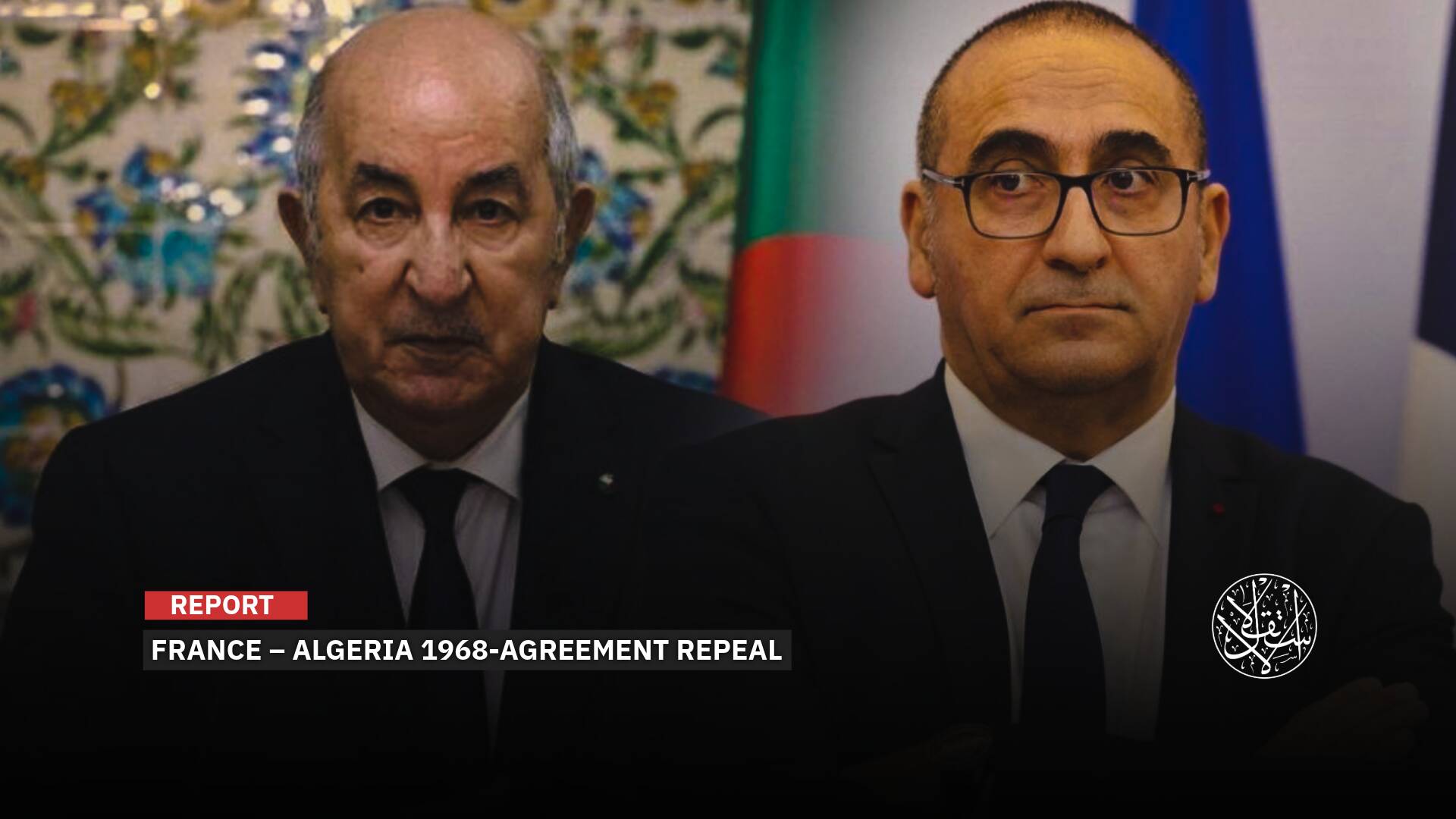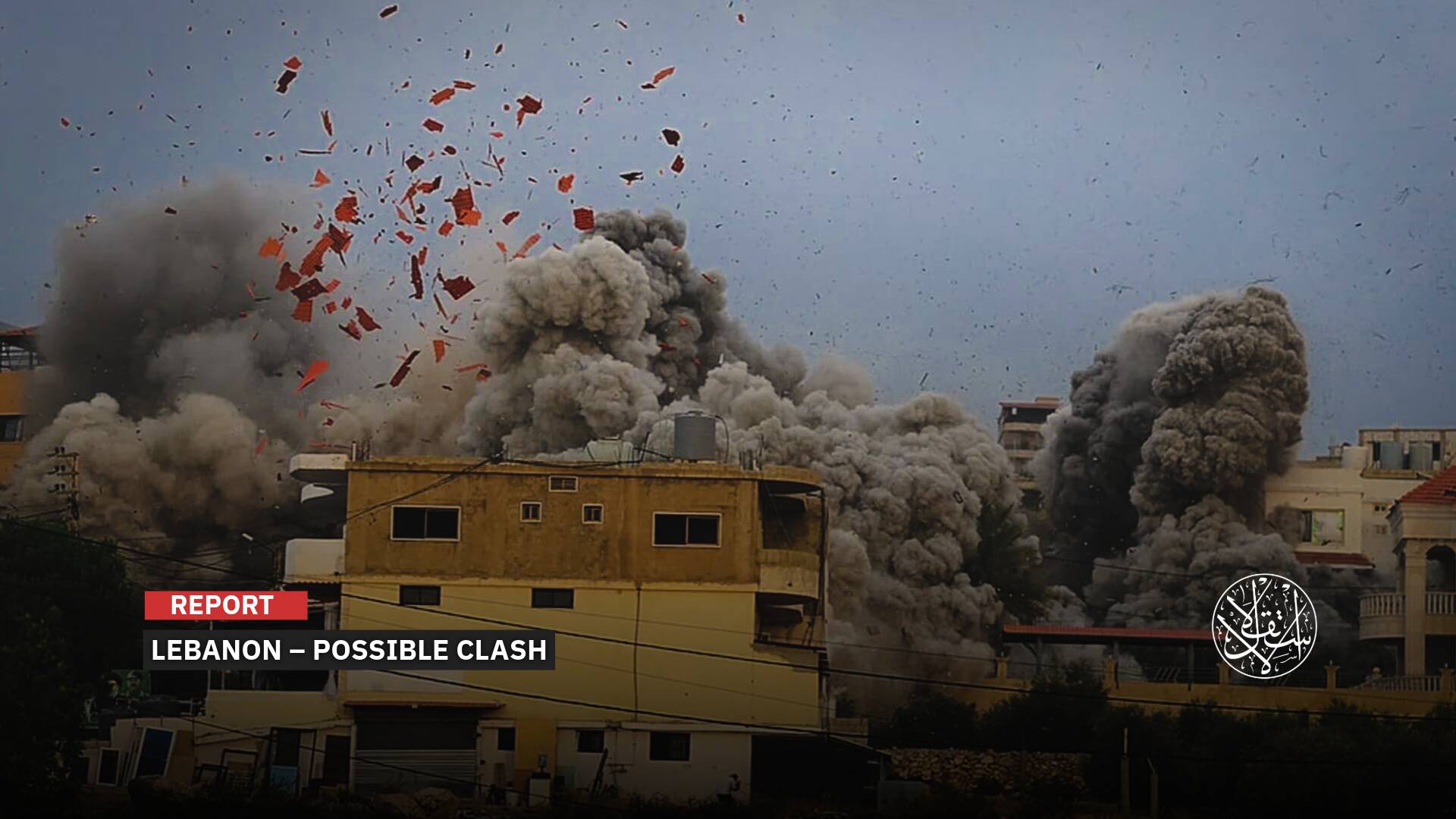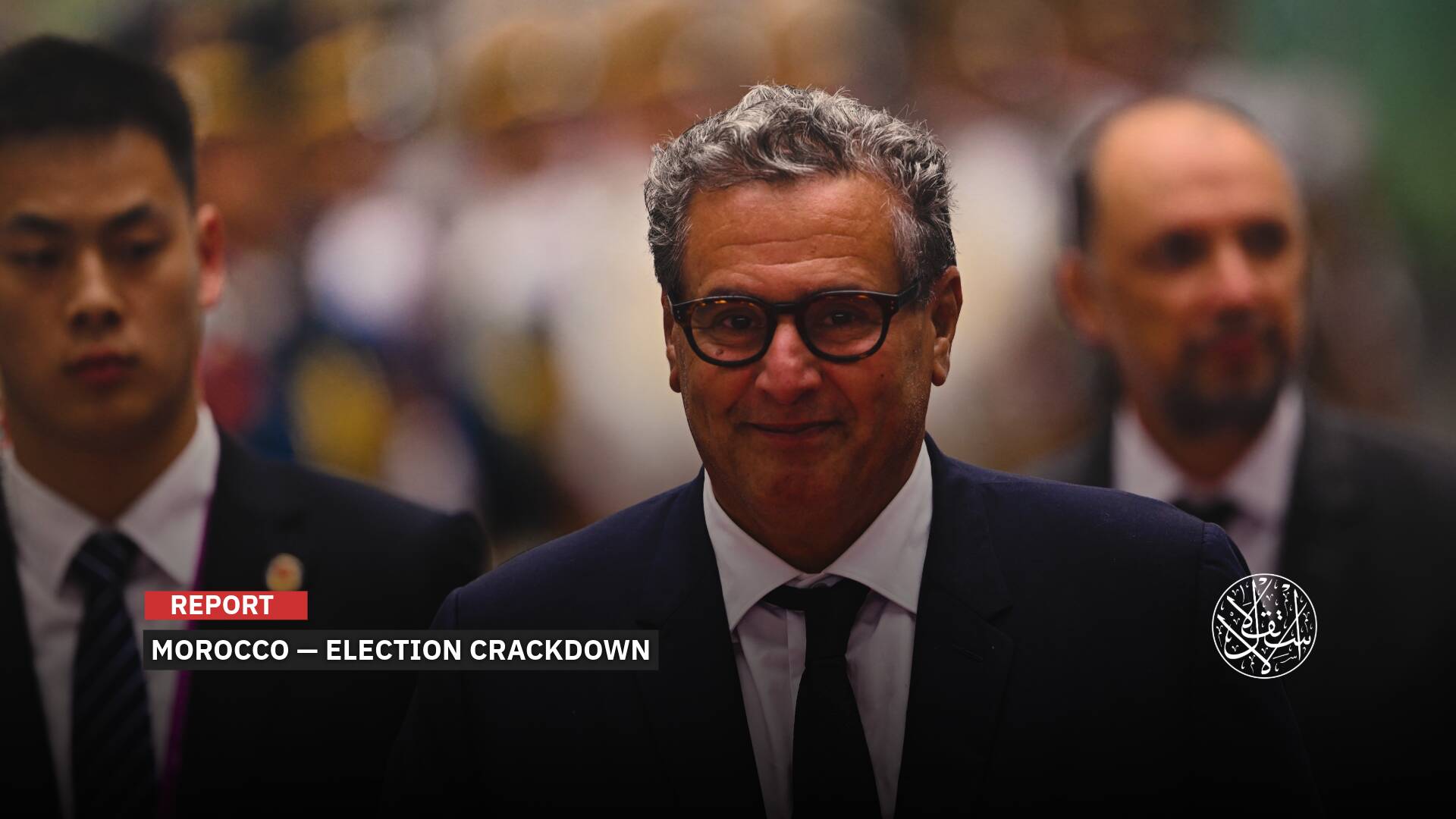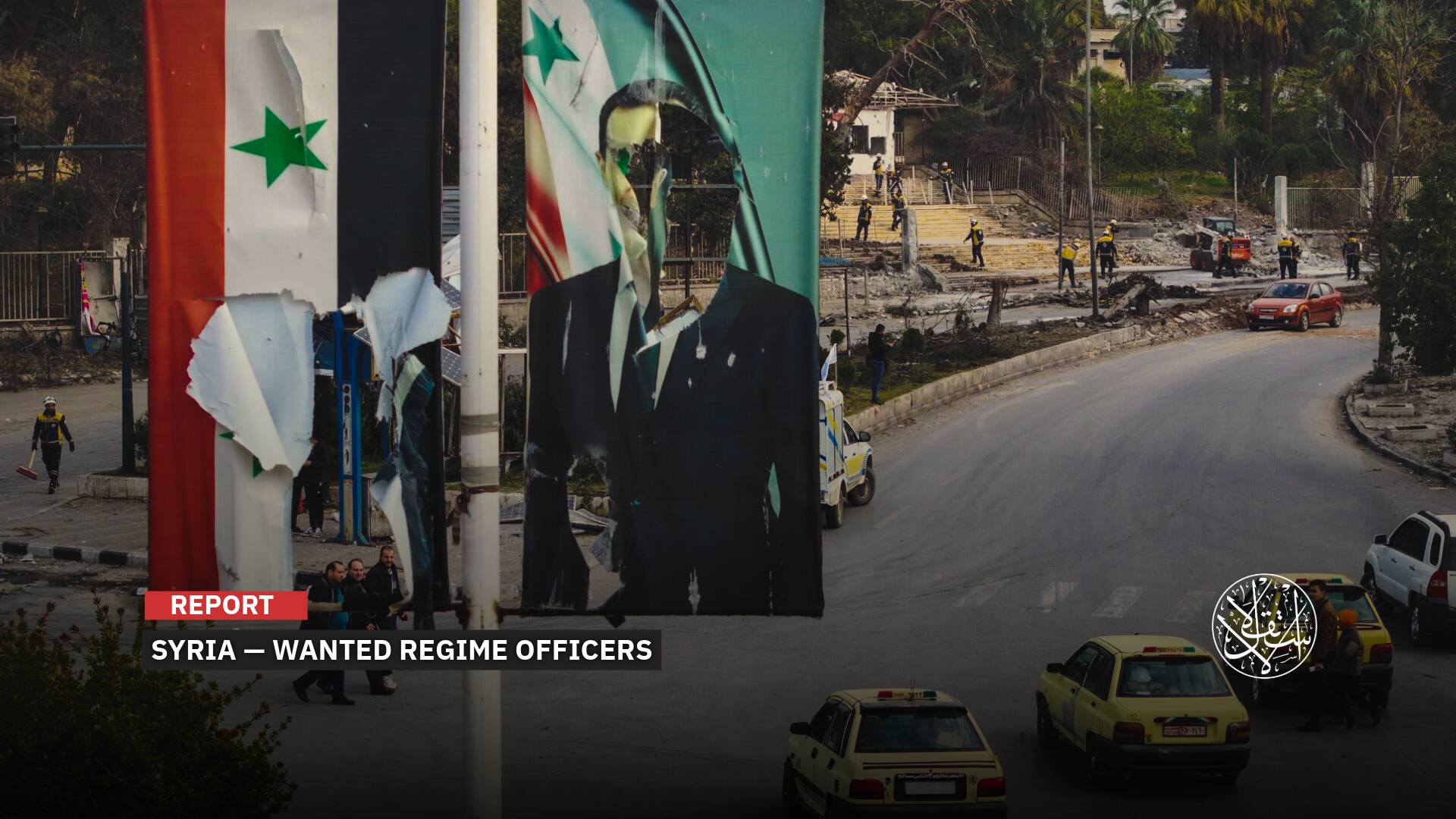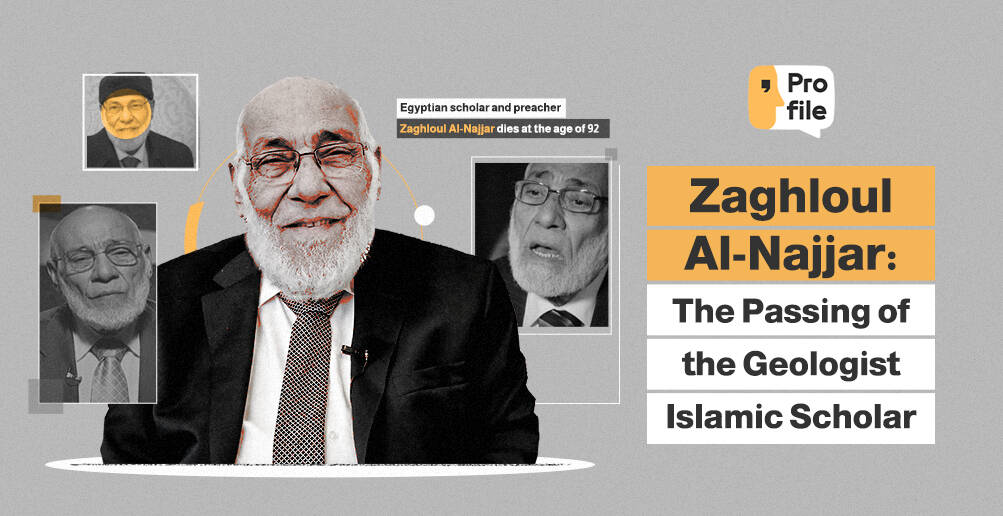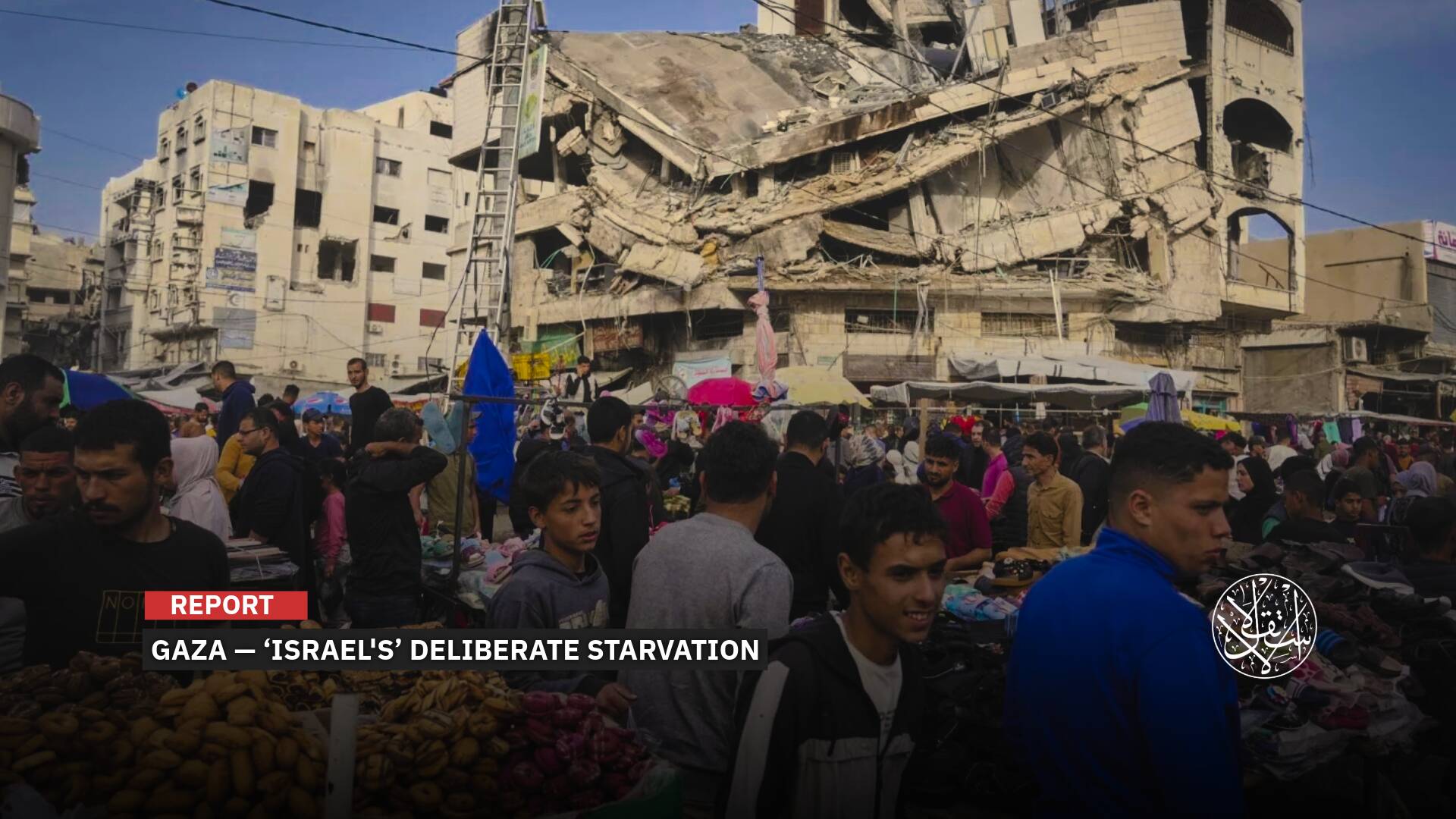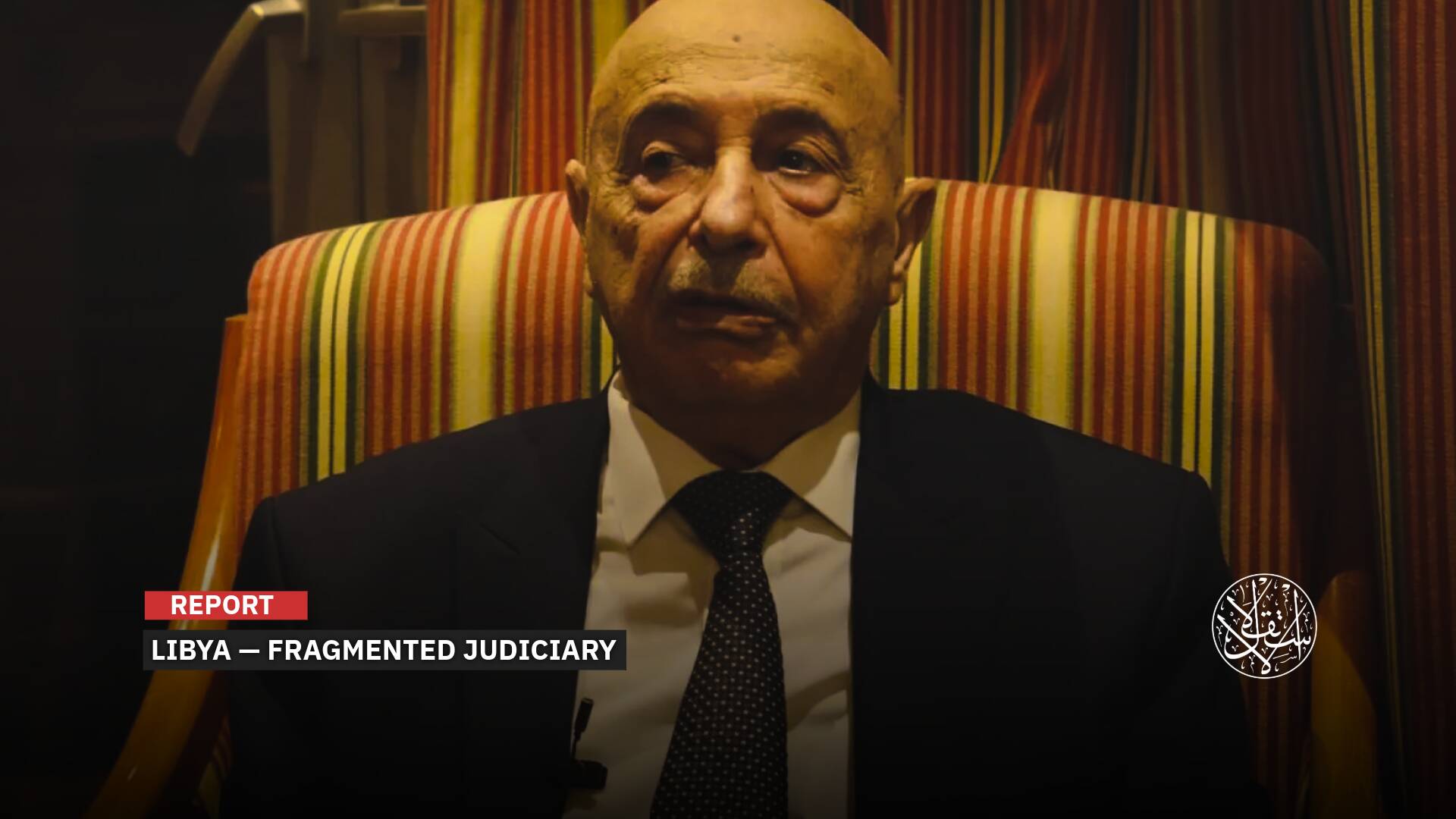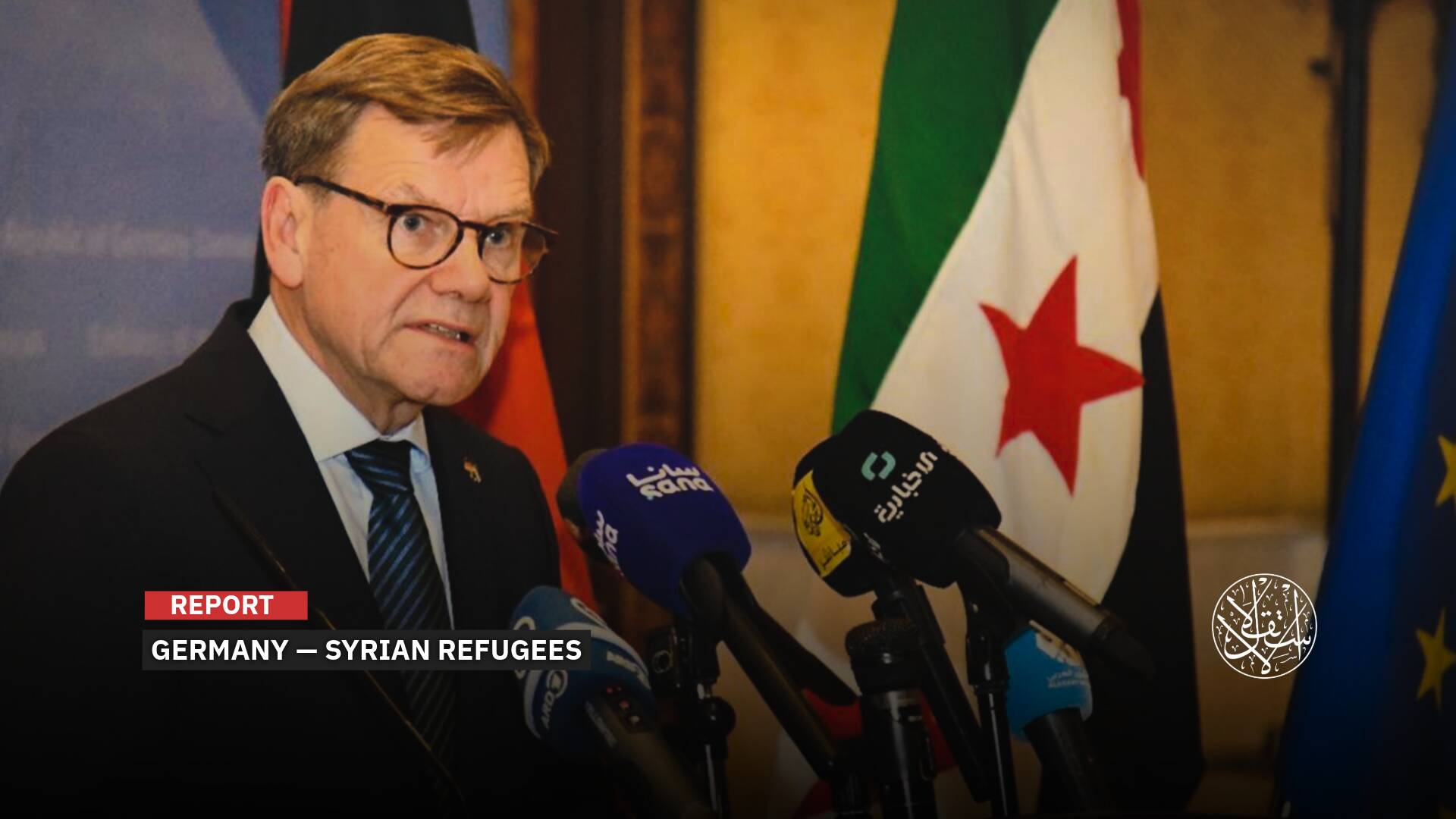Neom’s Failure: A Blow to Saudi Ambitions and the Crown Prince’s Vision
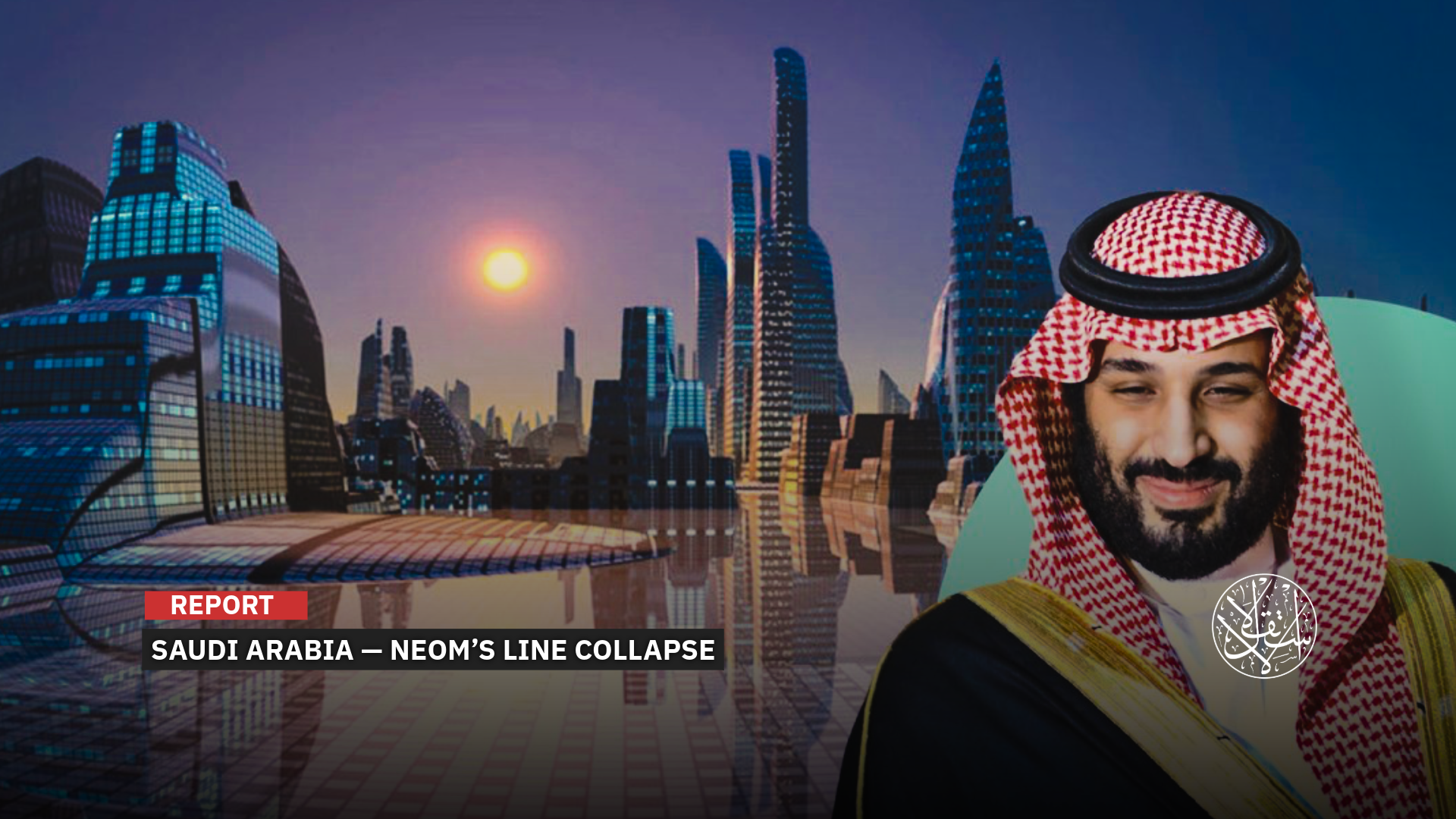
The kingdom is said to have squandered some $50 billion on the project to date.
Has Saudi Arabia quietly stepped back from its audacious plan to build a vast, 100-mile-long desert city, Neom, after the apparent collapse of The Line, the high-speed, rocket-like transport concept meant to serve as the project's backbone?
The roughly $50 billion already poured into the scheme has delivered little more than preliminary groundwork, according to several foreign reports, with the original plan for 20 construction modules reportedly cut to just three — raising new questions about the project’s financial viability.
And why does Neom’s leadership continue to insist that The Line remains a long-term goal within the Vision 2030 horizon, even as insiders suggest the grand blueprint has effectively unravelled under mounting costs, physical constraints and what critics describe as misguided decision-making?
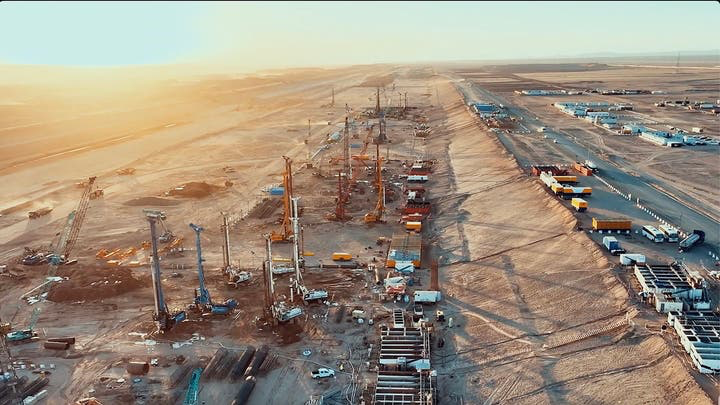
What’s the Story?
As the truth became increasingly clear, several newspapers, including the Financial Times on November 6, 2025, the Independent on November 4, and The Times earlier in the month, published striking reports, almost an obituary, for one of the largest Vision 2030 projects, The Line, and the apparent demise of Saudi Arabia’s Neom.
The reports detailed how the "ideal city" envisioned by Crown Prince Mohammed bin Salman was defeated by the laws of finance and physics, and how roughly $50 billion appeared to have been squandered, raising questions about why the project failed, its financial fallout, and the impact on Vision 2030.
The British Financial Times made its stance clear in a major report published on November 6, 2025, titled, "End of The Line: how Saudi Arabia’s Neom dream unravelled," featuring figures, images, interviews, and illustrative designs.
The newspaper explained how the project had collapsed entirely, leaving the kingdom billions of dollars poorer, after it became evident that the idea was pure fantasy, a dream nearly impossible to realize, despite massive spending, effort, and the displacement of local residents.
The project envisioned a sprawling city of glass facades, consisting of two connected towers, each half a kilometer high and stretching 170 kilometers across the desert sands.
Officials, the Financial Times noted, rushed to sign multi-billion-dollar contracts to begin implementing a dream city that was extremely difficult to realize in practice.
The city resembled something out of an AI-designed simulation or a computer game, and after heavy investment in infrastructure, including foundations, tunnels, and utilities, it became clear that building it in reality was extraordinarily challenging.
The investigation revealed that the "hidden dock," excavated to accommodate massive cruise ships, was meant to be the cornerstone of The Line, yet it failed.
Plans had called for the largest cruise ships to pass through a gateway as tall as London’s Shard, reaching a deep-water port carved into the desert.
A 30-story steel-and-glass building was meant to be suspended directly above the arch, in a vision akin to a Hollywood science-fiction film.
Even the designers themselves warned that the laws of physics might not cooperate.
The Financial Times, citing architects and engineers, noted that the idea of a "suspended chandelier" was increasingly implausible as planning advanced.
One architect warned Tarek Qaddumi, CEO of The Line, of the difficulties in suspending a 30-story building upside down from a bridge hundreds of meters in the air.
They even encountered a technical problem with what they called the "siphon issue" in bathrooms, meaning the mechanics of disposing of waste upwards rather than downwards.
The chandelier, the architect explained, could “start to move like a pendulum”, then “pick up speed”, and eventually “break off”, crashing into the marina below. Yet the warning was largely ignored, as this kind of gravity-defying thinking reflected the ambitious spirit of the Neom project.
The "chandelier" was only one component of The Line, a 500-meter-high mirrored glass structure stretching 170 kilometers across the desert, designed to house nine million people in a city built within a wall taller than the Empire State Building, yet featuring an inverted tower with its top pointing downward.
Saudi state news agency released an image showing the inverted towers, including Unit 46 of The Line, which was intended to be the first unit constructed to create the hidden "Neom Line Dock."
In the image, the green glass tower dominates the scene, suspended from above so that it hangs 120 meters high on a bridge between two towers, without any foundations on the ground.
A writer who goes by the username @yusefren on X notes that the design defies the laws of physics, invoking the Foucault pendulum experiment, which would cause the building’s interior, offices, meeting rooms, and workspaces, to sway in circular motion.
Nevertheless, the crown prince approved the project, despite engineering standards prohibiting buildings of this form due to ground movement.
"If the laws of physics do not stop this project, the unprecedented financial deficit will take care of the rest," he concludes.
The Financial Times outlined the current state of the project after at least $50 billion had been spent, noting, "The desert is filled with foundation work, and deep trenches cut across the landscape, yet staff within the project believe its success is impossible."
The paper added that Neom’s board of directors had significantly scaled back the first phase of the project, a tactic described as a way to signal the project’s failure to officials without angering them.
Kenneth Roth, writer and professor at Princeton University, commented on "End of The Line," saying, "One hazard of being an autocrat is that people are reluctant to tell you the truth. So the Saudi crown prince spends endlessly on his utopian city, the Neom Line, while Western consultants profit but the odds of his vision becoming a reality is remote."
Sarah Leah Whitson, director of the human rights organization Dawn, commented on the end of The Line, saying, "Billions wasted. Zero accountability. A country of yes men too terrified to tell their emperor that his diktat for Neom made no sense."
‘The So-Called ‘The Line’’
The Line, announced by Saudi Crown Prince Mohammed bin Salman on January 10, 2021, was intended to serve as the foundation for the futuristic city of Neom, designed to be a fully integrated, modern smart city.
According to the project’s official website, the plan was to build a major smart city managed entirely through advanced technologies, without streets or conventional vehicles, where transportation would rely solely on aerial means or rocket-like vehicles. The city would consist of parallel skyscrapers covered in mirrors, stretching 170 kilometers across mountainous and desert terrain.
The Line was planned to extend 170 kilometers from the Red Sea coast in the northwest of the kingdom, through the mountains and deserts to the east, accommodating over a million residents from around the world, and serving as a platform for innovation and thriving business.
However, the project began to shrink gradually as the difficulties of implementation became clear and the core concept of transportation within the city, based on The Line or the hyperloop, failed.
This system aimed to transport passengers and cargo at extremely high speeds in capsules travelling through low-pressure tubes.
In December 2023, Hyperloop One declared bankruptcy after failing to build such high-speed transport routes, effectively undermining The Line, the backbone of Neom.
Bloomberg reported on April 5, 2024, that the planned length of The Line had been reduced from 170 kilometers to just 2.4 kilometers, as Saudi Arabia struggled to attract foreign investors and faced widespread reluctance.
Western reports had suggested that 16 kilometers of The Line (20 units) would be completed by 2030, with the first residents moving in by 2025.
A former employee told the Financial Times that producing the concrete for these units required quantities exceeding France’s annual cement output, with each 800-meter-long unit needing around 3.5 million tons of steel, 5.5 million cubic meters of concrete, and 3.5 million tons of rebar.
Sixty machines worked round the clock on the project’s foundations, laying roughly 65 bases daily and driving around six thousand piles over two kilometers of desert at a cost of billions of dollars, before the plans were scaled back.
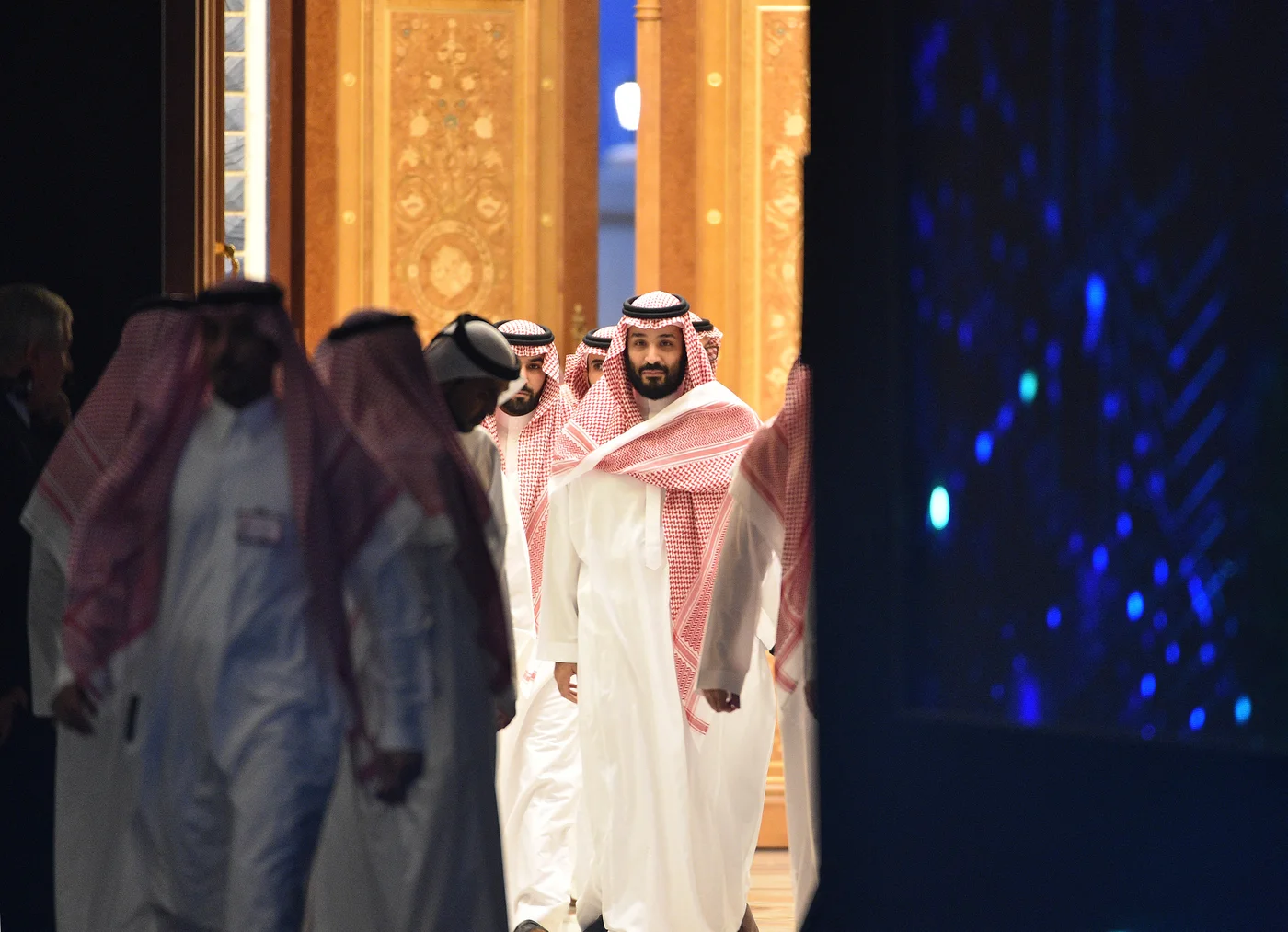
Costs Increased
Western reports indicate that the costs of Saudi Arabia’s Neom project have soared, accompanied by delays to timelines, as Riyadh struggled to attract the foreign investment it had relied upon so heavily.
After spending at least $50 billion, the first phase of the project was drastically scaled back. The Independent reported on November 4, 2025, that Saudi Arabia had effectively retreated from its ambitious plan to build a sprawling 100-mile city across the desert, suspending construction plans that were a central part of the $2 trillion national redevelopment project.
The project was intended to be one of the world’s largest megaprojects, designed to diversify the economy away from oil through real estate investment, as part of Saudi Vision 2030. Yet current developments suggest that Riyadh is reconsidering the scheme and reprioritizing its goals.
The Times, in early November 2025, cited a Saudi official saying, “We spent too much,” one Saudi official said. “We rushed at 100 miles an hour. We are now running deficits. We need to reprioritise.”
The crown prince’s key advisor, American-born executive Jerry Inzerillo, told The Times that the country was “making a course correction” as the kingdom felt the financial pinch of an oil bust.
A Saudi source told Reuters on October 29, 2025, that the country had chosen to refocus its funds after delays to its megaprojects, directing investments instead towards artificial intelligence and hydrocarbon-dependent data centers.
Reuters reported that Saudi Arabia plans to redirect a $925 billion investment fund amid mounting pressure on the Public Investment Fund and its companies to deliver stronger short-term returns.
In March 2025, the Wall Street Journal revealed leaked confidential documents suggesting that Neom had been the target of one of the largest scams by the executives in charge of its implementation.
The WSJ cited an internal report indicating that the project faced major problems, with executives, assisted by the consulting firm McKinsey & Co, embedding "Behind Neom’s problems: a dance of mutual delusion in which the crown prince pushed for fantastical plans—and executives shielded him from the full scope of challenges and costs.”
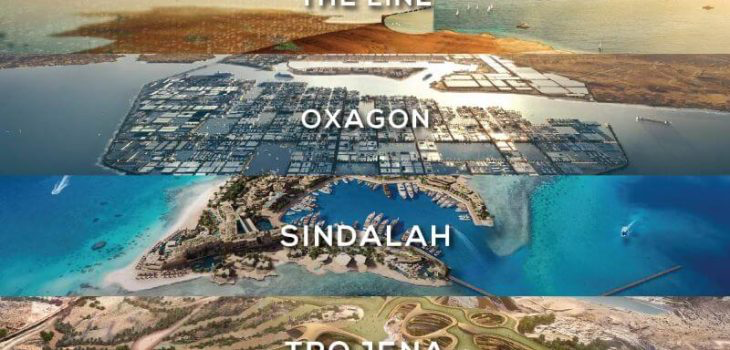
Consequences of the Collapse
The halt or scaling back of Neom projects, particularly The Line, is a direct consequence of a lack of financial and political transparency, serving as a stark test of the credibility of Saudi Arabia’s economic transition policy and the highly symbolic Vision 2030.
According to the Financial Times, this failure is expected to cast doubt over the credibility of the “megacity” projects within the vision, posing economic risks such as asset devaluation, capital flight, and declining investor confidence, alongside political repercussions that challenge the viability of the diversification strategy and the credibility of the leadership.
These problems have produced tangible economic effects, including intense pressure on the state budget and the sovereign wealth fund, which has reportedly suffered billions of dollars in losses due to cost overruns and project delays, according to Reuters.
The failure has also frozen foreign investment and bank financing, while failing to attract tourists; a full year has passed since the opening of Sindalah Island on October 27, 2024, as part of Neom, yet it has received no visitors.
Reports, including from Bloomberg, indicate that some financial commitments have been suspended, with investments from international banks and investors halted after engineering and environmental reviews, amid growing concerns over low or nonexistent expected returns.
This collapse represents a severe blow to internal legitimacy, putting the credibility of Vision 2030 and the reputation of the Saudi royal palace at risk, and raising doubts about the regime’s ability to fulfil its ambitious promises.
The situation has provided critics of Crown Prince Mohammed bin Salman with ample material for political and media attacks, with Western reports linking the project’s decline to the fading allure of the political initiative driven by the crown prince’s quest for the throne.


